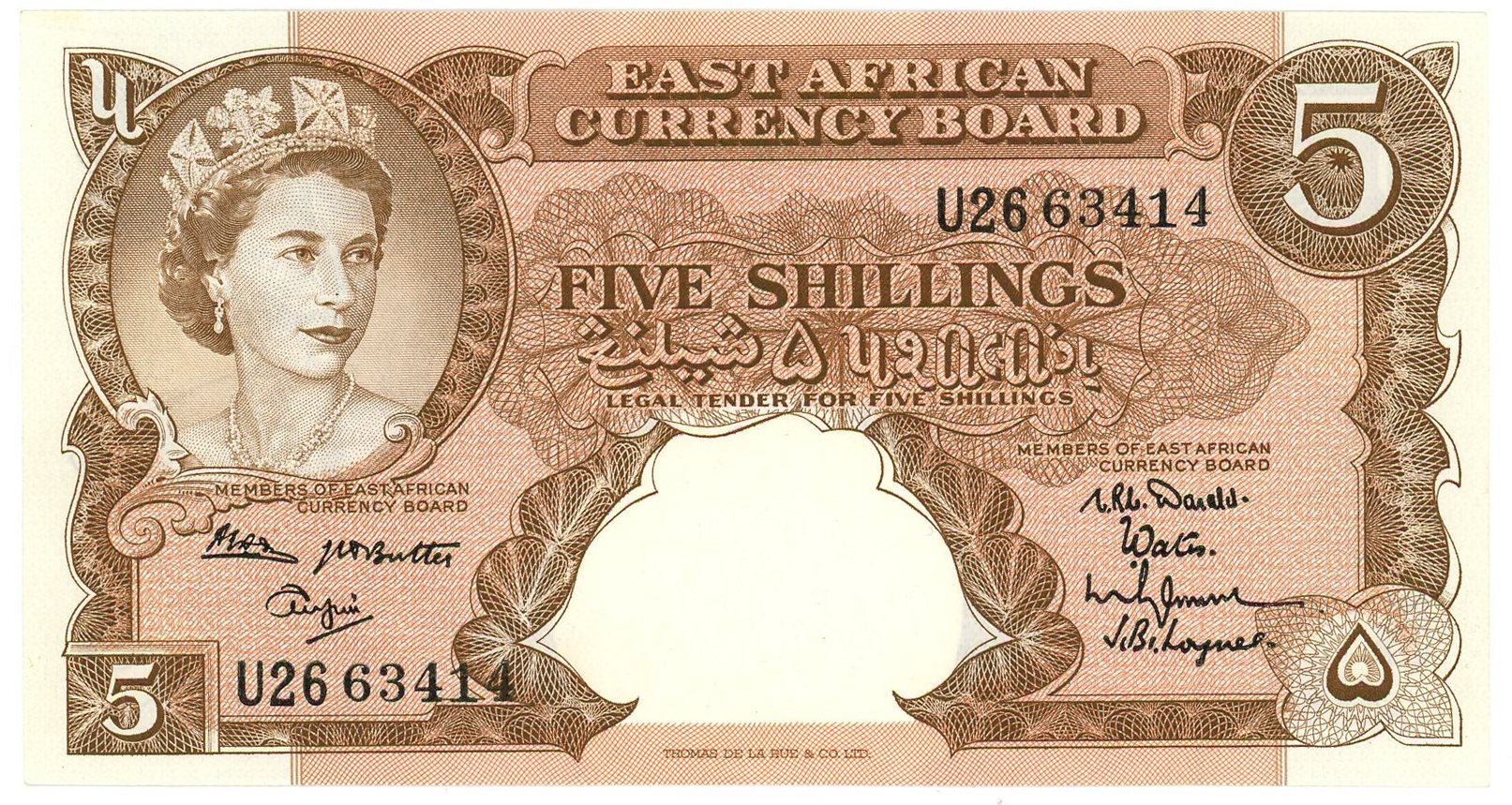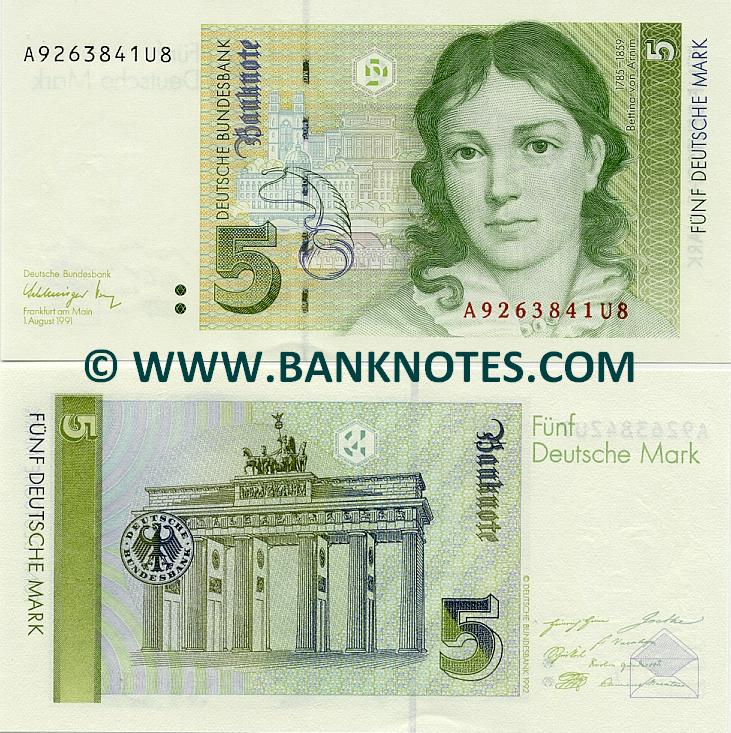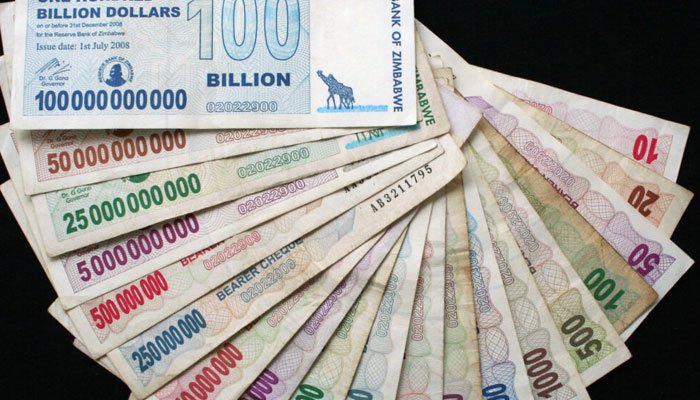7 Currencies That Vanished with Time! Currencies are the backbone of any country’s economy. But like any tool, they can be replaced or abandoned when they no longer serve their purpose.
Over time, nations have dropped their currencies for many reasons—independence, political change, economic crisis, or regional integration. These shifts often reflect deeper issues in a country’s social or economic structure.
For example, newly independent countries often create new money to assert their sovereignty. Others adopt shared currencies to join regional blocs. Severe inflation can also destroy trust in a currency, forcing nations to move to more stable alternatives.
In some cases, governments use demonetisation to fight corruption or stop black-market trade. Regardless of the reason, replacing a currency is a major decision. It usually marks a turning point in a nation’s history.
Here are seven currencies that no longer exist—and the stories behind them:
1. Nigerian Pound (Nigeria)

Nigeria used the pound until 1973. It was linked to the British pound. After independence, the country introduced the naira and kobo to assert its national identity.
2. Ghanaian Pound (Ghana)

Ghana gained independence in 1957 but kept the pound for a few years. In 1965, President Kwame Nkrumah introduced the cedi as part of economic reforms.
3. Zimbabwean Dollar (Zimbabwe)

In the 2000s, hyperinflation destroyed the Zimbabwean dollar. At its worst, one note was worth 100 trillion dollars—but it could barely buy a loaf of bread. In 2009, Zimbabwe switched to the US dollar and South African rand.
4. East African Shilling (East Africa)

This currency was used in Kenya, Uganda, Tanganyika (now Tanzania), and Zanzibar during colonial rule. After gaining independence, each country created its own national currency.
5. Deutsche Mark (Germany)

The Deutsche Mark symbolized Germany’s post-WWII recovery. It was strong and stable. In 2002, Germany adopted the euro and retired the mark.
6. West African Pound (British West Africa)
Colonial authorities introduced this currency for Nigeria, Ghana, Sierra Leone, and The Gambia. After independence, each country phased it out and created their own currencies.
7. Soviet Ruble (Soviet Union)

The Soviet ruble was used across the USSR. When the union collapsed in 1991, each new country—including Russia—introduced its own currency. The ruble became a piece of history.








